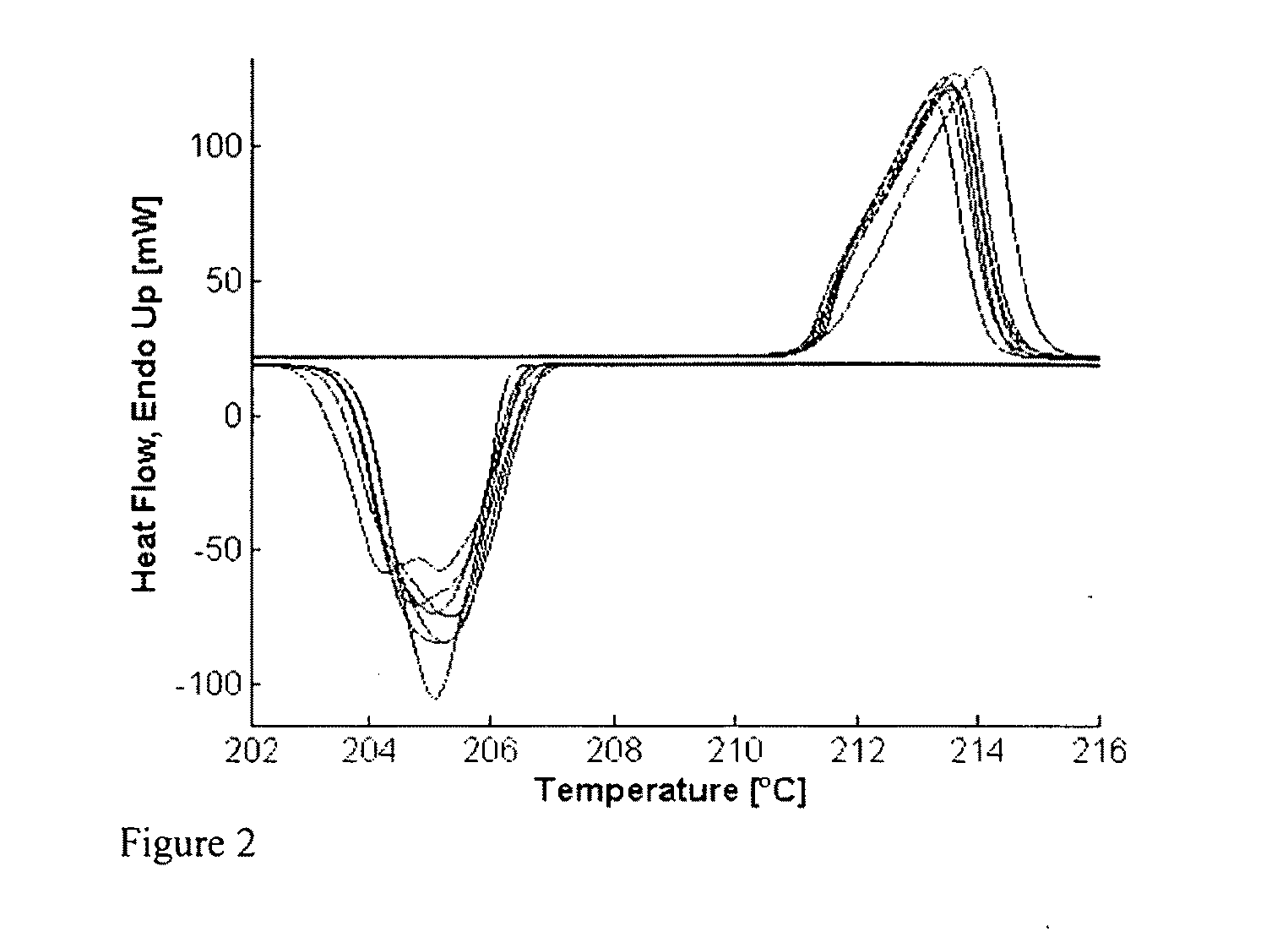Pb-Free Sn-Ag-Cu-Mn Solder
a solder alloy and ag technology, applied in the direction of manufacturing tools, solvents, packaging, etc., can solve the problems of high undercooling of the sac solder joints, embrittlement of as-solidified solder joints, and difficulty in nucleating sn solidification, so as to improve the wettability, reduce the melting point (melting temperature), and reduce the melting poin
- Summary
- Abstract
- Description
- Claims
- Application Information
AI Technical Summary
Benefits of technology
Problems solved by technology
Method used
Image
Examples
Embodiment Construction
[0028]The present invention involves reducing the unusually high undercooling of SAC (Sn—Ag—Cu) solder joints described above, where there can be difficulty in nucleating Sn solidification as a pro-eutectic phase, especially during slow cooling, such as existing for ball grid array (BGA) joints. As mentioned above, increased undercooling of the solder joints can promote formation of undesirable pro-eutectic intermetallic phases, specifically Ag3Sn “blades,” that tend to coarsen radically, leading to embrittlement of as-solidified solder joints.
[0029]In an embodiment of the present invention, a quaternary alloy is provided comprising Sn, Ag, Cu, and Mn wherein the alloy composition exhibits a melting temperature of about 211 degrees C., which is well below the melting temperature of other SAC solder alloys. The quaternary Sn—Ag—Cu—Mn alloy typically exhibits a liquid plus solid temperature range of less than about 6 degrees C., often less than about 4 degrees C. Other alloying elemen...
PUM
| Property | Measurement | Unit |
|---|---|---|
| Percent by mass | aaaaa | aaaaa |
| Percent by mass | aaaaa | aaaaa |
| Percent by mass | aaaaa | aaaaa |
Abstract
Description
Claims
Application Information
 Login to View More
Login to View More - R&D
- Intellectual Property
- Life Sciences
- Materials
- Tech Scout
- Unparalleled Data Quality
- Higher Quality Content
- 60% Fewer Hallucinations
Browse by: Latest US Patents, China's latest patents, Technical Efficacy Thesaurus, Application Domain, Technology Topic, Popular Technical Reports.
© 2025 PatSnap. All rights reserved.Legal|Privacy policy|Modern Slavery Act Transparency Statement|Sitemap|About US| Contact US: help@patsnap.com



